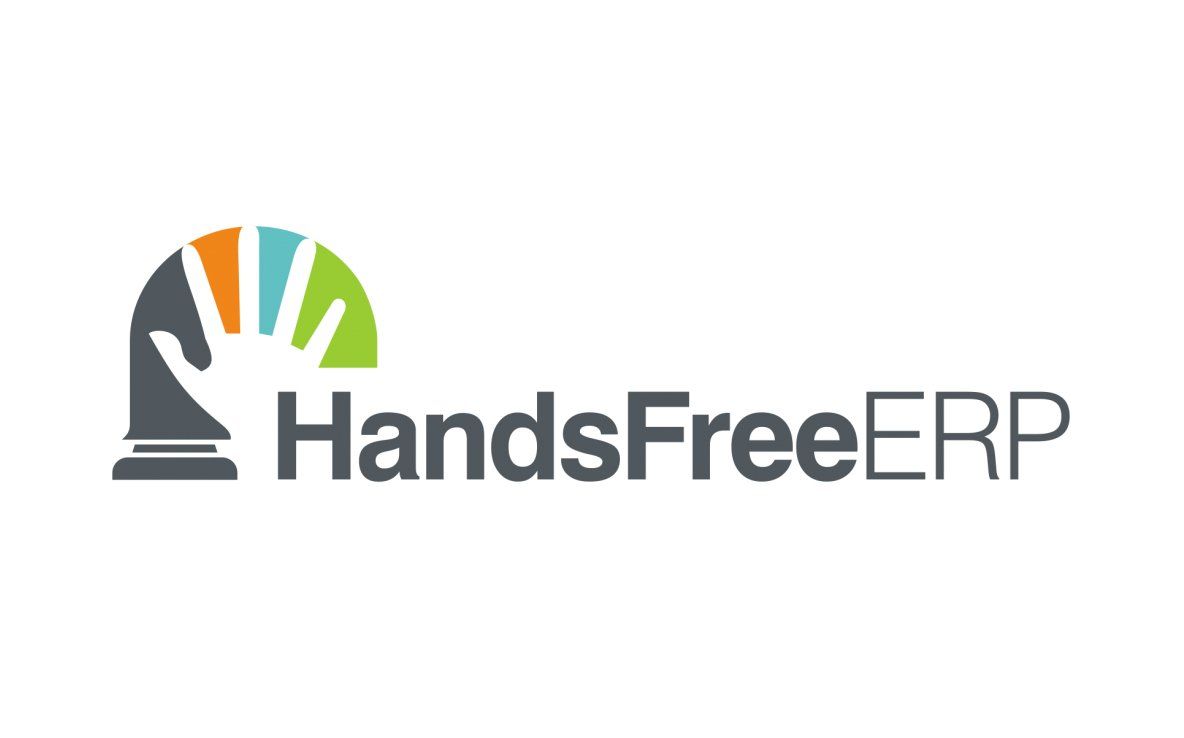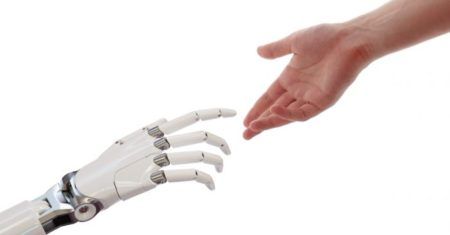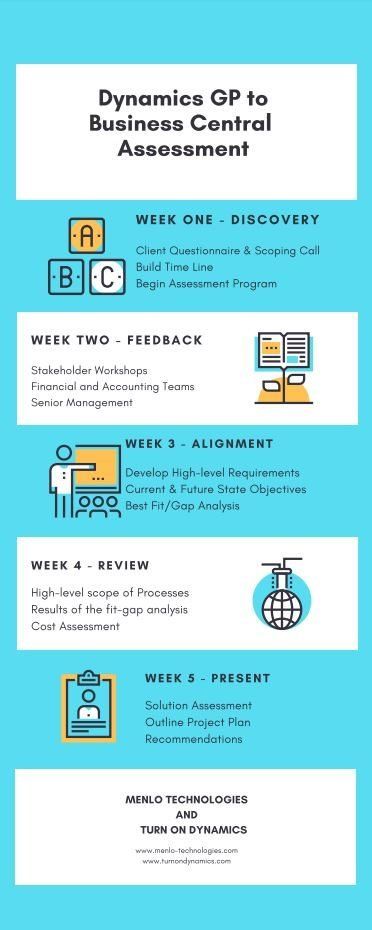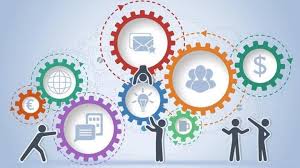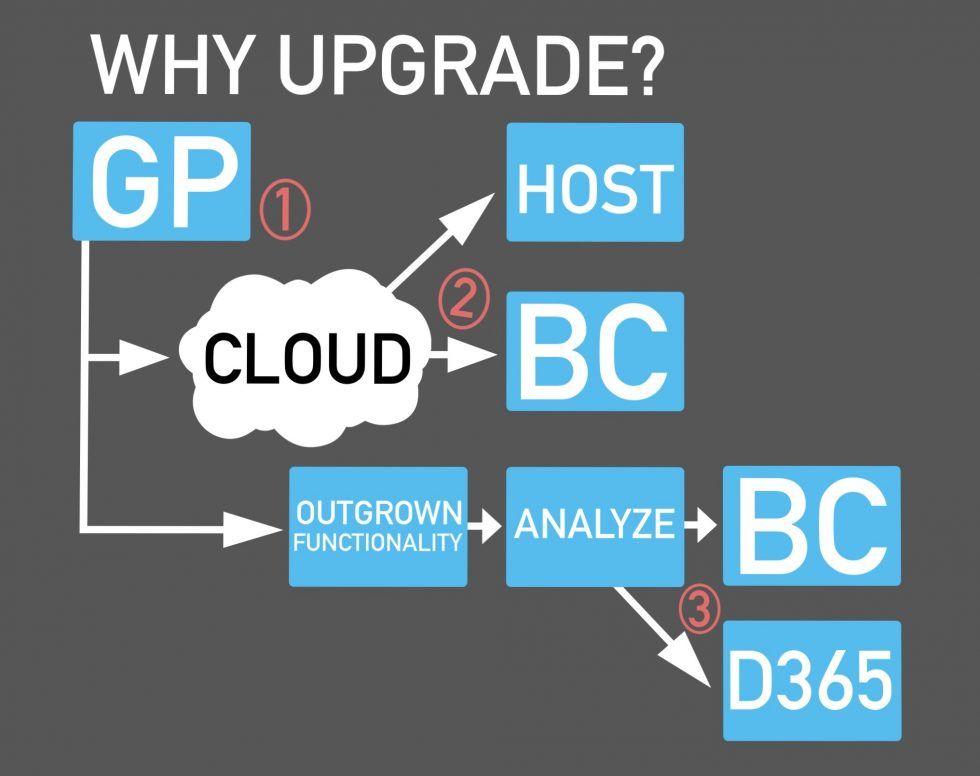Peter Joeckel, with more than thirty years in the ERP business helping companies select and implement software solutions, is in a unique position to offer alternative solutions for “tried and failed” ERP software selection and implementation strategies. Whether you’re in the middle of a challenged implementation or just beginning to research available resources, contact Peter and the TurnOnDynamics team today.
How Artificial Intelligence Will Impact ERP Software?
HINT: Don’t hold your breath.
You’ve probably noticed that claims of AI-powered software solutions are starting to pop up more frequently, including in the context of ERP. To be clear, regardless of what breathless marketers and science fiction fans love to dream about, there is currently no such thing as artificial intelligence in its truest form, and technology advances that improve ERP solutions today aren’t AI.
Sure, there is faster processing of complex problems and machine “learning” based on access to relatively inexpensive statistical processing power. That improved access has helped some organizatinos improve insight into their businesses, but it has also created the illusion that computers and software have achieved AI.
My main concern is not that there is not a clear understanding of what AI entails but that its hype will become another rabbit hole that ERP vendors can run down to create slick marketing campaigns rather than fixing fundamental issues that have plagued the ERP industry:
- Poor software design
- Poorly and under trained implementation channels
Combine those and other factors and we fail to fix the fundamental problem of the ERP industry: that there are no successful implementations.
If we agree on a basic set of goals for a successful ERP implementation – on time, on budget, delivering promised functionality – then there has never been a successful ERP implementation in the history of the market. Something always gives.
Cries of outrage from offended implementers are expected and will be memorialized in a soon-to-be-established ERP Implementation Hall of Fame.
But back to the AI discussion and why it doesn’t come close to the hype yet.
Advances in how computers perform against humans in games is one of the primary areas where the myth of AI has advanced. So the fact that computer programs have made significant progress in regularly spanking the best and brightest humans in games like chess, Go, Jeopardy, and no-limit Texas Hold’Em is a sign that computer processing power is greater and that the design of software has become more sophisticated, but it is not evidence that HAL 9000 is going to take over at any minute in your home or in your business.
INTELLIGENCE AND AI
Let’s start by looking at a relatively simply game, tic tac toe. It does not take a computer to “solve” this game because the potential moves are easily computed. We start with 9 possible squares to place our initial O or X and once we have done so we are left with 8 empty squares to make our next move. With each subsequent move the number of open squares is reduced by one until we rapidly get to the point where there is a winner or a tie.
Because every possible game of tic tac toe is easy to calculate, the game has been solved and every move has a perfect counter move that will lead to a tie or a win.
When we move to more complex abstract strategy board games like chess and Go the problem of “solving” these games become currently impossible. For example, it is estimated that the legal number of moves possible in a game of Go is larger than the number of atoms in the theoretically known universe. (It is “estimated” because the exact number is too large to calculate.)
It is only recently that computers could beat the best chess players in the world. That was a result of how software approached the problem of trying to solve the chess problem rather than computers becoming artificially intelligent.
It is easy to see how IBM could program a computer to be a Jeopardy champion, just imagine being able to instantly Google every question asked and the solution is straightforward but chess presented a different set of problems because humans were able to bring a level of intuition to the game that raw problem solving could not replace with existing software and hardware.
Initial chess playing programs quickly developed to the point where they could regularly beat average players consistently but had trouble with world class competition. These first programs were based on programmers loading historical games into the software’s database and on the development of increasingly sophisticated algorithms that evaluated millions of potential moves per second and used values assigned to game pieces and their positions on the board to arrive at statistically based “best” moves.
While this approach led to chess programs increasingly hard to beat, it took a fundamental change in the approach of how to program software to win at chess to finally beat grand masters on a regular basis.
That change was not “thought of” by computers becoming frustrated with losing games and looking for a better way to solve the game of chess. The change came about when programmers decided to take advantage of more processing power to try and solve chess and therefore beat any competition.
The new approach fed the computer the rules of chess but did not bother with any historical database of games or mathematical approximations of the strength or pieces or their position on the board.
The new approach was just to let the computer play games against itself. Millions and millions of games. Based on this internal gameplay and massive computational power, it is now impossible to beat computers at chess.
Nothing in that process had anything to do with artificial intelligence. It was all true intelligence on the part of humans and their spark of insight or ingenuity to take advantage of better and faster tools.
THE HUMAN TOUCH
How many accountants and CPA’s have been replaced because spreadsheets can add columns and rows of numbers faster?
And while we are on the topic, simple and complex spreadsheets alike are commonly filled with errors. Where is the AI to spot those errors and fix them? Sure, we have baked in graphical displays that show the logic behind calculations and point out simple errors but none of that is AI. True AI would look at your P&L and tell you that being an ERP VAR is insane and recommend a better, saner line of business. Sign me up for that software today!
As complex as games can be to “solve” there are other relatively simple tasks that humans perform daily that computers with all their processing power cannot yet duplicate at similar levels of accuracy and speed.
Looking at something infinitely more complex, such as painting a landscape. We can feed a computer images of every landscape in the world and have it create an infinite number of variations or copies of that landscape but no computer program will become tired of that task or step back and say let’s look at this another way and create an impressionist movement around how landscapes are looked at and created and ultimately felt by the view. That spark is intelligence and it does not exist in any computers or software today.
The real issue as I see it is that the energy and resources that go into new and exciting technology draws as much away from the fundamental issues with ERP software. It creates marketing opportunities that result in more hype that will not be delivered on and distracts focus and effort from making ERP software easier to implement, maintain and use daily.
The moment that true AI is introduced into the world of ERP software I expect it to start yelling at its creators to fix it!
Or as Rutger Hauer most famously said in the science fiction gem based on a book call, “Do Androids Dream of Electric Sheep”?
“I’ve… seen things you people wouldn’t believe…
Attack ships on fire off the shoulder of Orion.
I watched C-Beams glitter in the dark
Near the Tannhäuser Gates.
All those… moments… will be lost in time,
Like tears… in… rain.
Time… to die…”
Perhaps too dramatic for the next release of Dynamics 365 but at a minimum:
“Time to change!”
ABOUT THE AUTHOR
